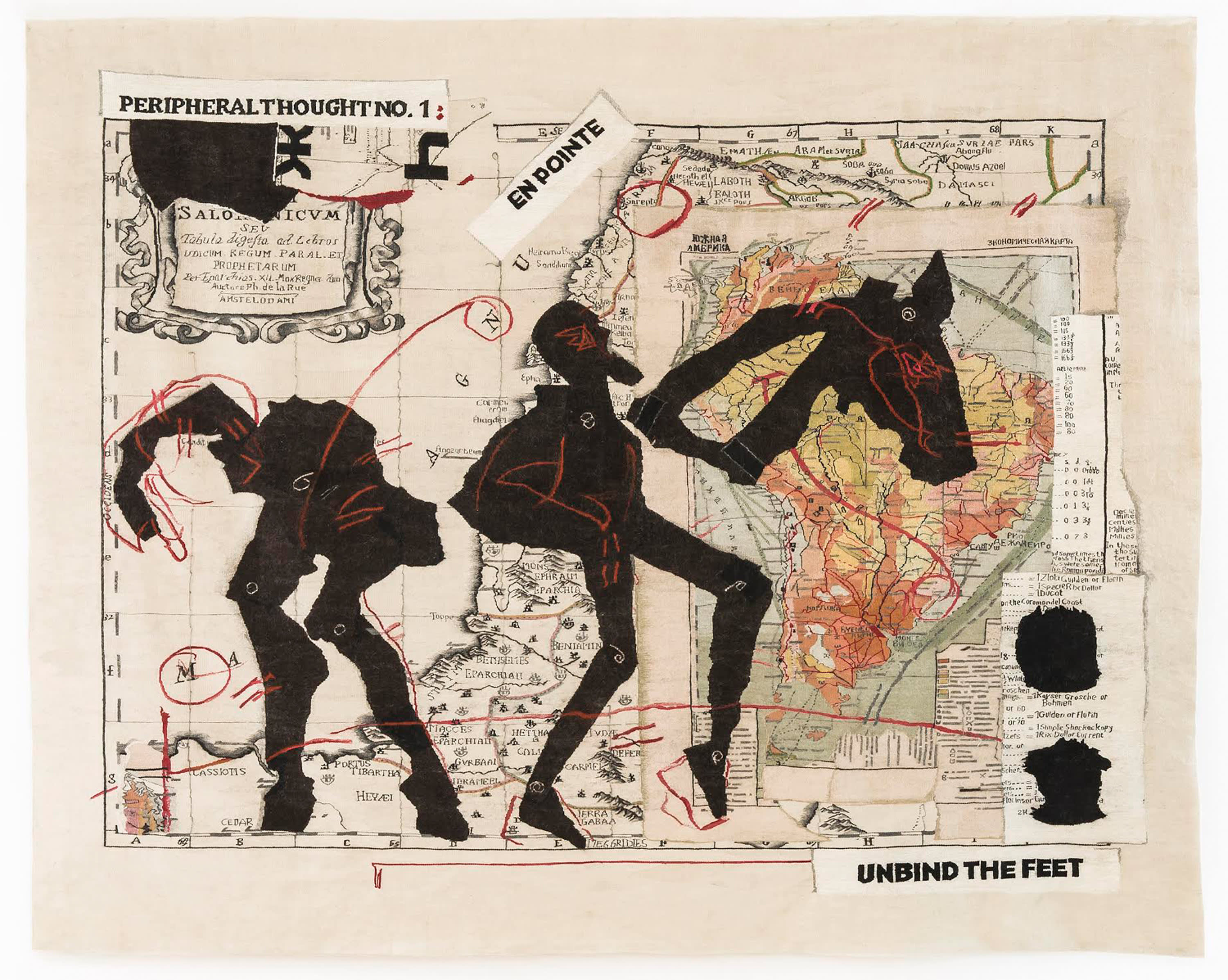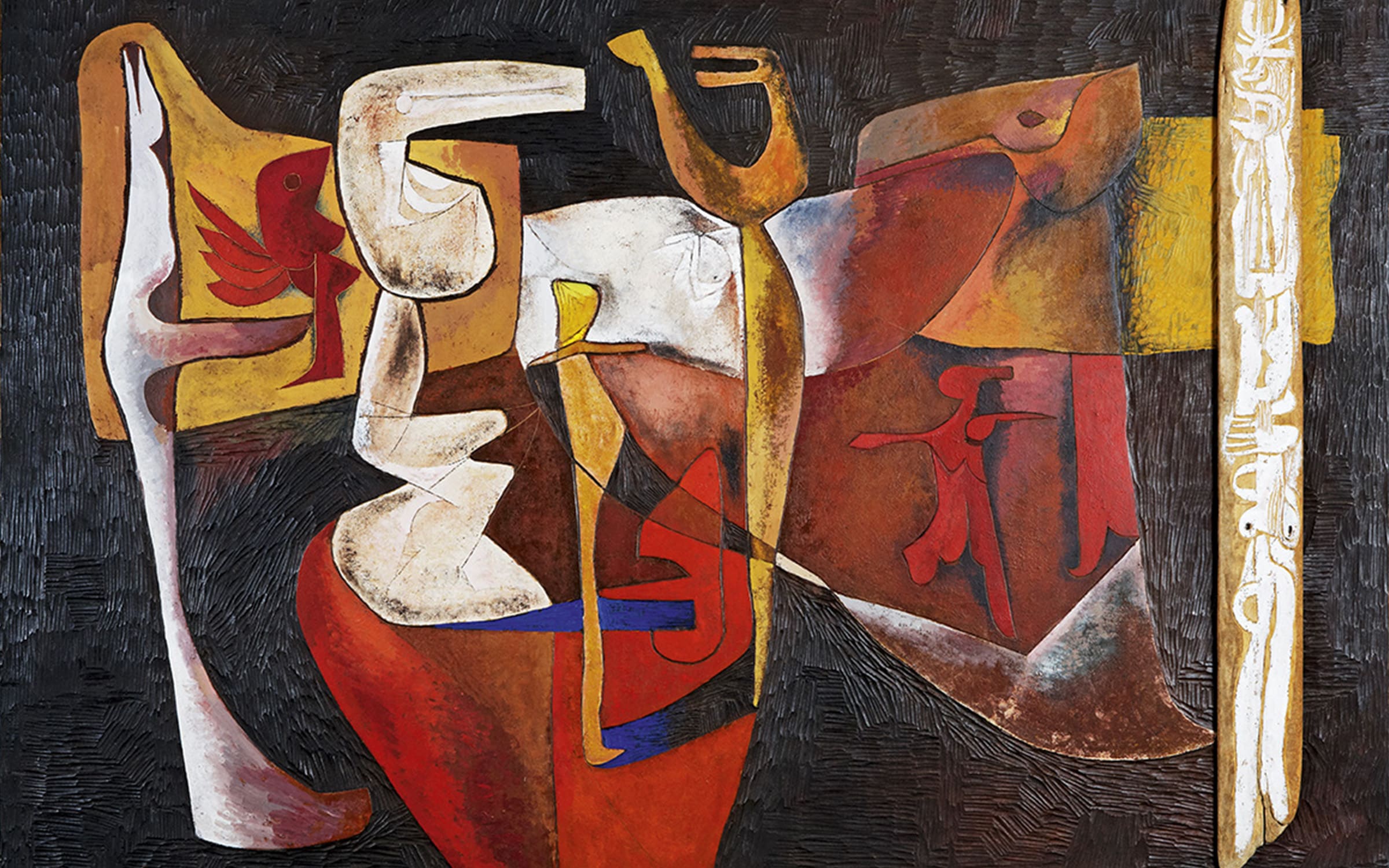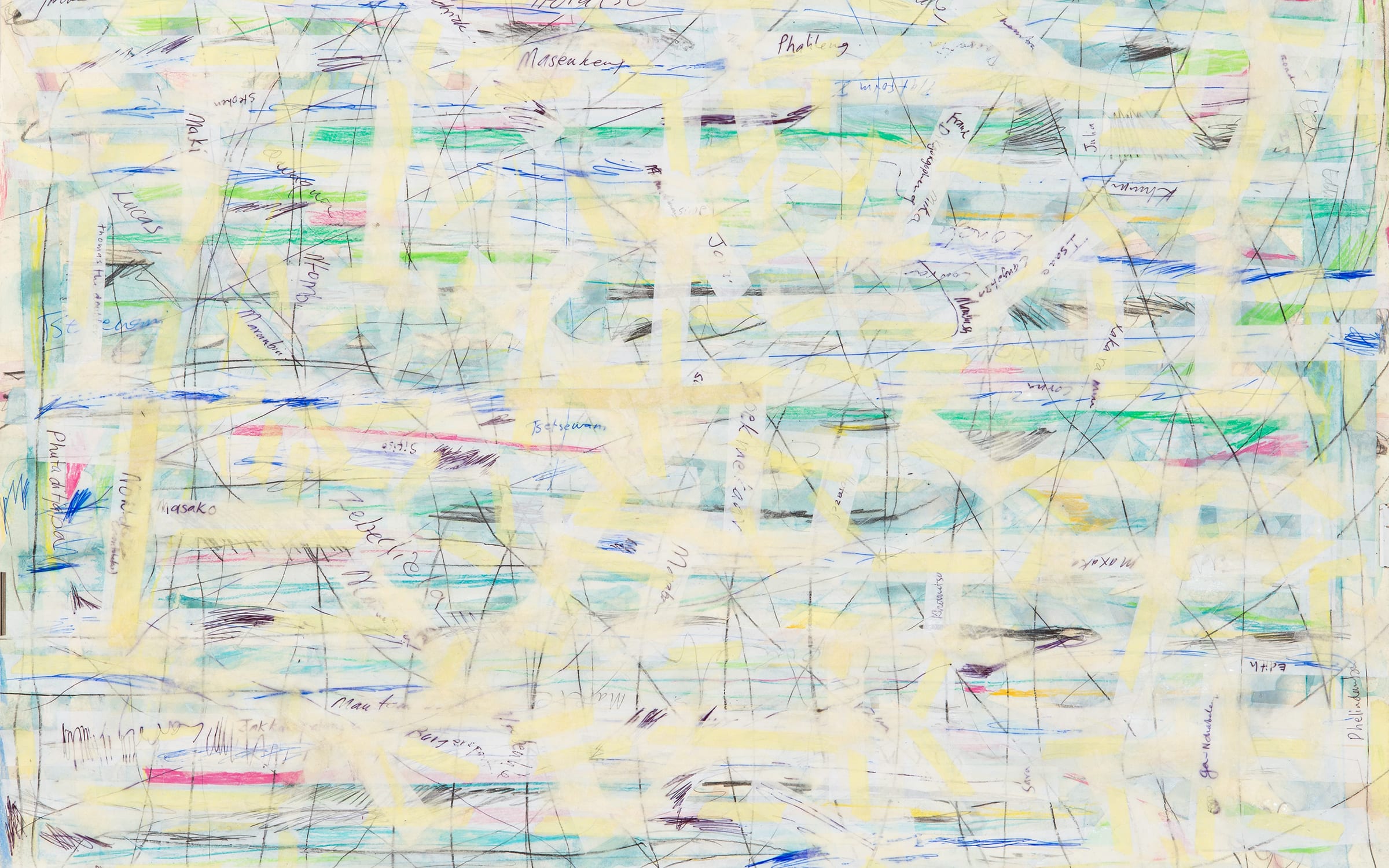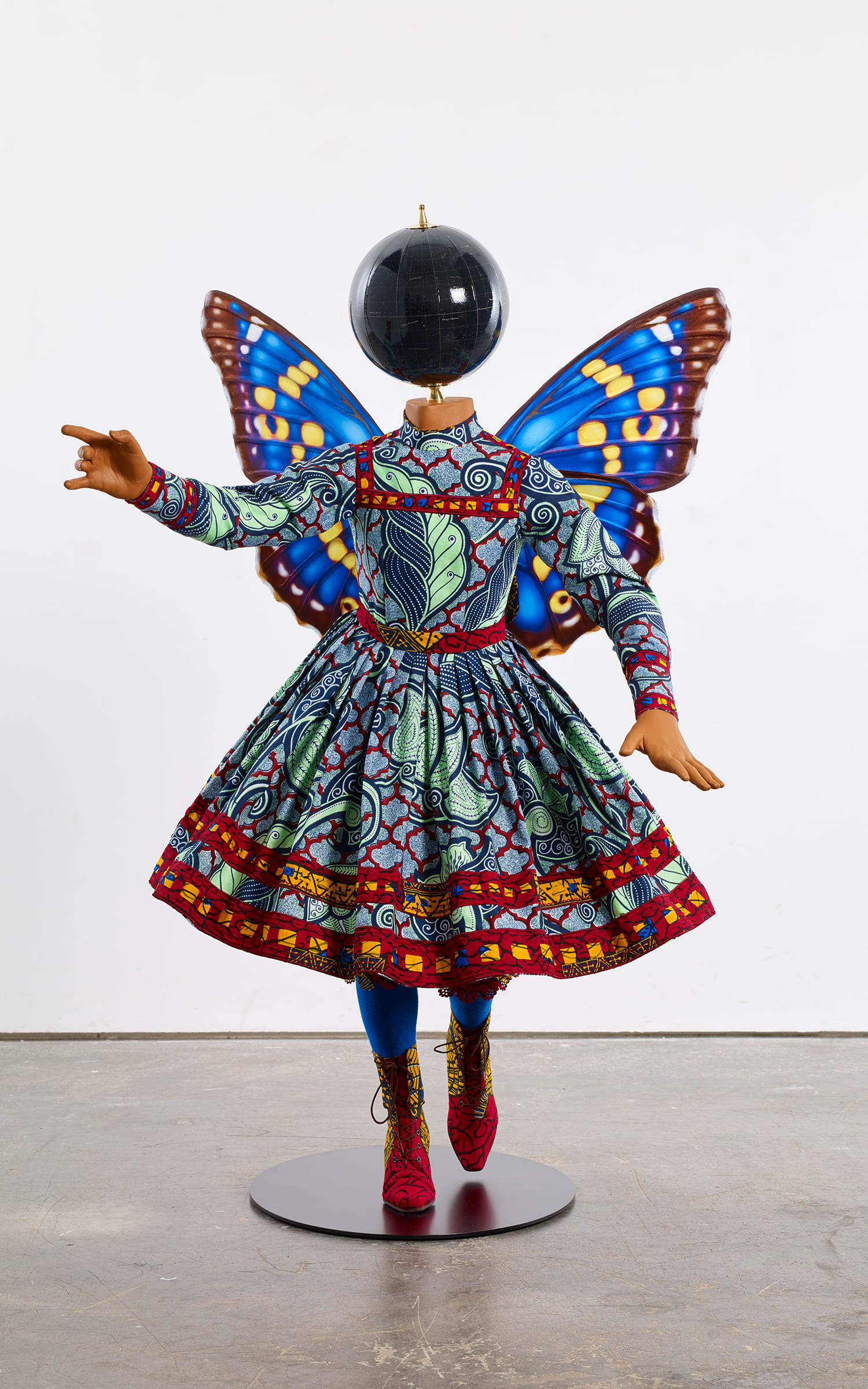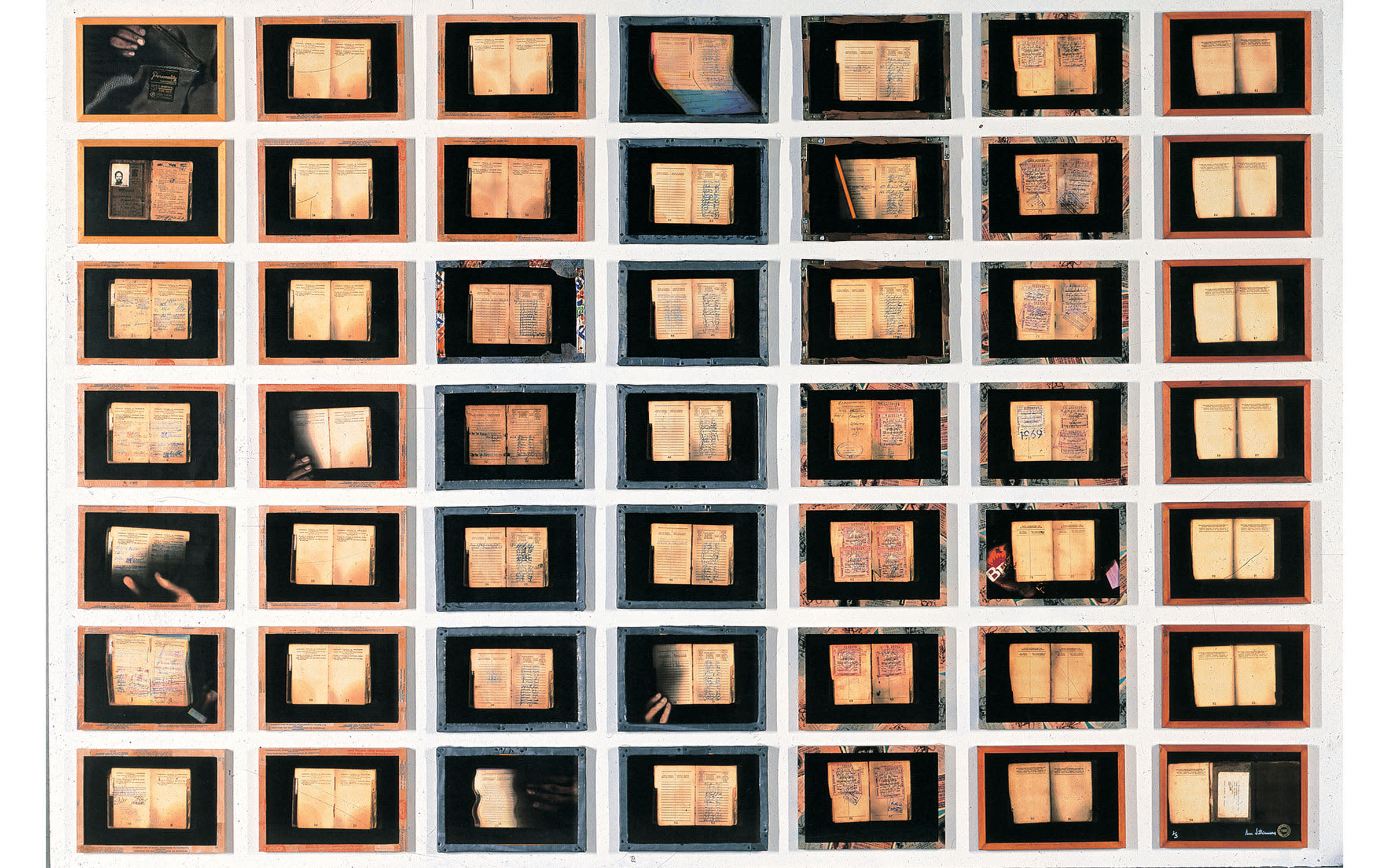‘In 2011, at the firm I co-founded, Prescient Investment Management, we wanted to create an advertising campaign. A competing company used a Van Gogh painting in an advert and I thought, if you’re trying to establish your identity through art, then you should own that art. We worked with [the advertising and communications consultancy] M&C Saatchi Abel, who suggested the young artist Beth Diane Armstrong to us. She created statues of animals native to Africa – rhinoceros, tortoises, and geese – that also represent the nature of our firm. Prescient now owns these sculptures.
‘After Armstrong, I collected the work of the emerging South African artist Sanell Aggenbach. I was drawn to her work Harvest [2011], which I liked for its eroticism and layered references, including [the nursery rhyme] Ring Around the Rosie and pandemics – not knowing how relevant it would become. I also acquired works by the late painter and printmaker Cecil Skotnes, a prominent Cape Town artist known for his painted and incised wooden panels and woodblock prints. The work is abstract, colorful, alive, and very African. Another artist whose work I collected was William Kentridge. I was lucky enough to visit his studio, which took me into a new space, away from realism.
‘Those are totally different artists, but what’s exciting about African art is that it’s vibrant and has the unique ability to continually challenge preconceptions. I’m very invested in what it means to be African. I love the continent and what it stands for, though I am often disappointed with many of the things it does to itself. Its contemporary art really seems to resonate with its time. There’s protest art and there’s hope, particularly in Afrofuturism. In the collection this is well illustrated by the work of Eddy Kamuanga Ilunga, whose paintings mine the recent history of the Democratic Republic of the Congo. He’s done much to establish a young art scene there.
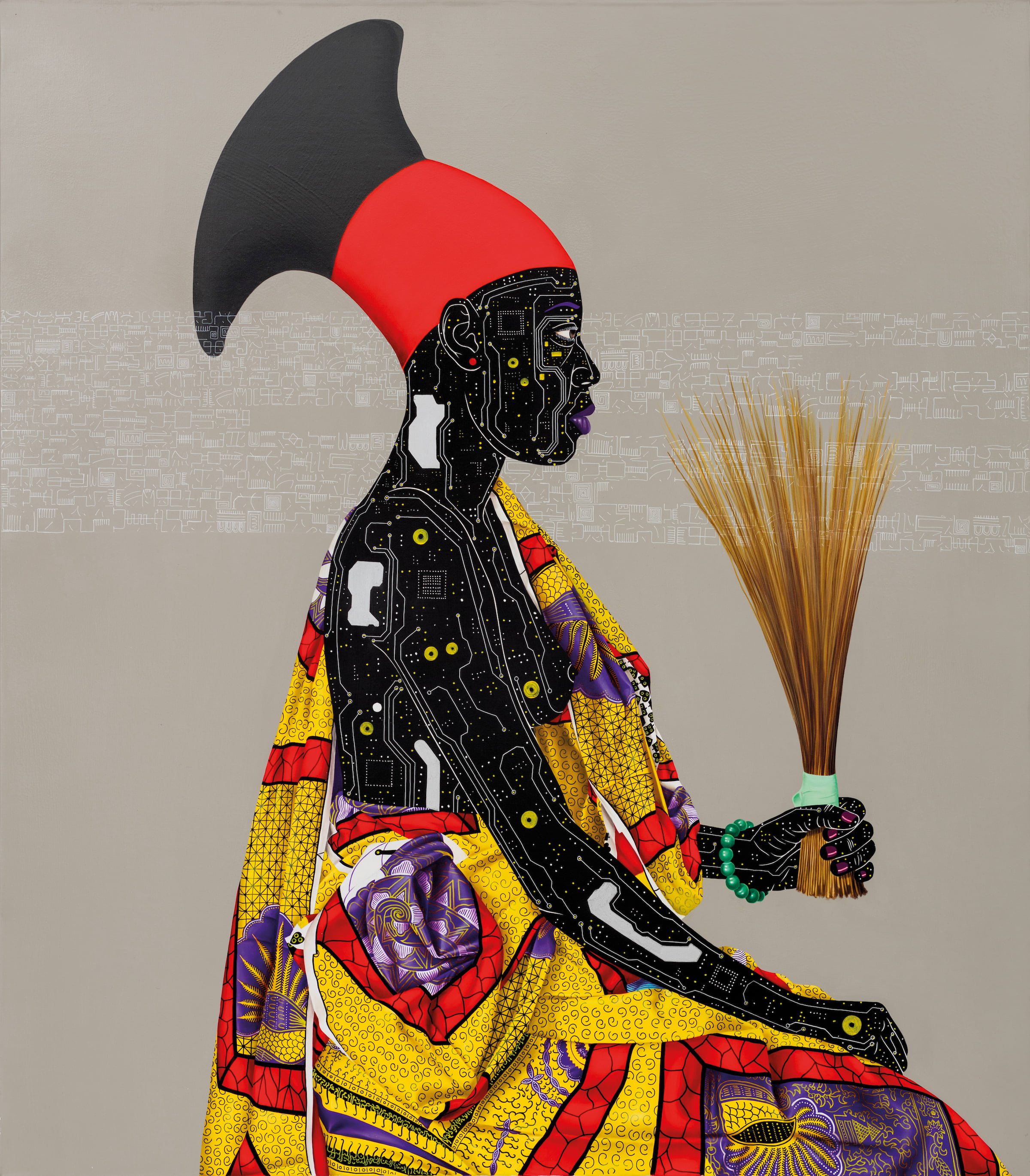
‘When I first became interested in art, modern art was prevalent, specifically at the auction houses in my home city, Cape Town. I didn’t really know the gallery world. I was looking for contemporary art on the internet. As I delved deeper into the market, my path kept crossing with that of the art dealer Elana Brundyn. Elana wanted to expand her gallery Brundyn+ and I then bought a 50% share in it. This was sold when Elana left to help develop the Zeitz Museum of Contemporary Art Africa.
‘I founded the Scheryn Art Collection with my friend Dabing Chen in 2015. He had moved to South Africa because of China’s one-child policy and our children went to the same school. His collection was housed in his Chenshia Museum in Wuhan and we started talking about the problems of managing an art collection and agreed to pool resources. Another friend, Piet Viljoen, joined in 2018, adding the works he had housed in the New Church Museum in Cape Town – one of the first private museums in South Africa. Piet added historically important artists who played an important role in shaping African art, such as Penny Siopis, Moshekwa Langa, Ernest Mancoba, and Frédéric Bruly Bouabré. With the three of us, the collection has become a gathering point to collaborate and create more meaningful conversations than we could have individually, as well as establish the infrastructure to explore artists across Africa.
‘Scheryn is a name I created when I was 12 years old by playing around with the letters in my last and middle names, Christiaan. I’d always wanted a chance to use it. When we created the collection, Scheryn seemed ideal as it had elements of all our names – Herman Steyn, Dabing Chen, and Elana Brundyn, who played an invaluable role when we set it up. It worked for the three of us – at least in my mind!
‘Initially, Scheryn didn’t have a grand scheme. We just wanted to collect art and support the local ecosystem. Early in the collection’s life, we were among the first supporters of the Zeitz Museum of Contemporary Art Africa, and its Centre for Performative Practice is housed in an area at the museum named after the collection. Its purpose has developed substantially from there. We want to make contemporary African art sustainable. The more professional the art market is, the more museums, galleries, and curators there are, and the better it is for the art ecosystem as a whole in Africa. We do this by supporting artists, curators, galleries, and museums, collaborating with public and private institutions locally and abroad, loaning artworks from the collection, and exhibiting the collection.
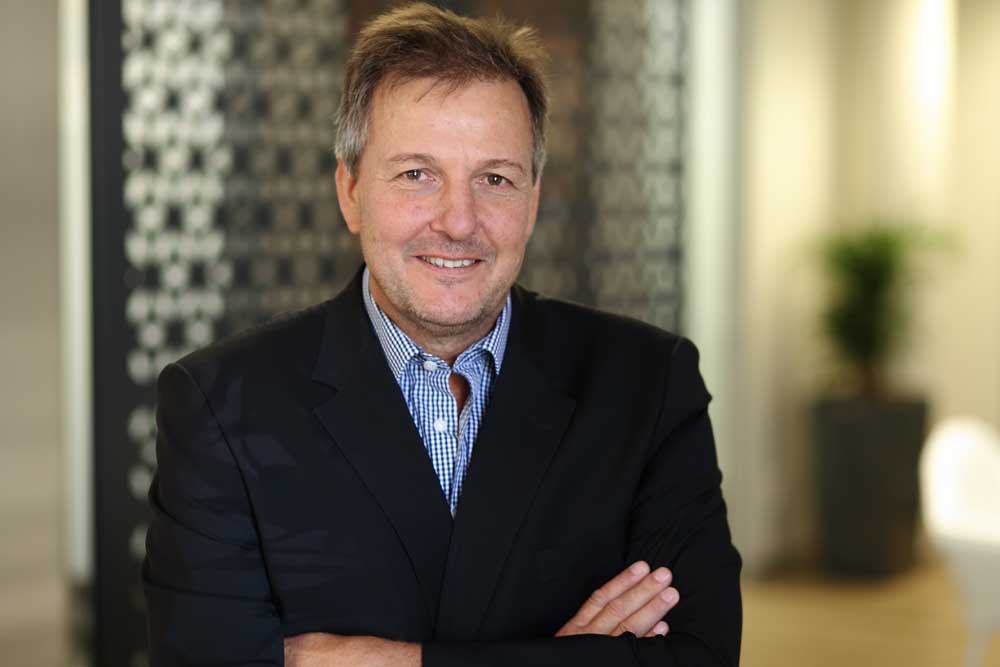
‘We think that there is a vast underrepresentation of African contemporary art in museums and collections worldwide, and by loaning artworks from the collection we hope to fill this gap in a small way. Our loan program could mean that works might go on loan for years before we see them. Igshaan Adams’s textile work Al-Muhyee (Giver of Life) [2020] is a case in point. It’s included in his first US museum show, currently running at The Art Institute of Chicago. I saw it while he was creating it in his studio and knew we had to include it in the collection.
‘All the works are special to us. One I see most days, which reminds me why I collect art, is installed in the lobby of Prescient’s main office – Sue Williamson’s For Thirty Years Next to His Heart [1990]. It’s an installation of photographs from a worker named Ngithando John Ngesi’s passbook, something that Black Africans were required to carry during apartheid. It’s a very significant piece for me. So, too, is a pen and ink work by Julien Sinzogan, Les Voiles du Retour [1998], which depicts sailboats departing the continent with enslaved people. When they return the people are in black and white and the sails are full of color. Finally, Yinka Shonibare’s Butterfly Kid (Girl) IV [2017] is so striking, and it makes you think differently about sculpture. When that’s installed, I just want to look at it the whole time.’
Skye Sherwin is an art writer based in Rochester, UK. She regularly contributes to The Guardian and numerous art publications.
Discover more related content below:
Captions for full-bleed images: 1. Eddy Kamuanga Ilunga, Reconnaissance, 2016. Courtesy the Artist and October Gallery, London. 2. Igshaan Adams, Al-Muhyee (Giver of Life), 2020. Courtesy of the Artist and blank projects, Cape Town.
